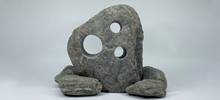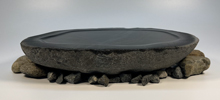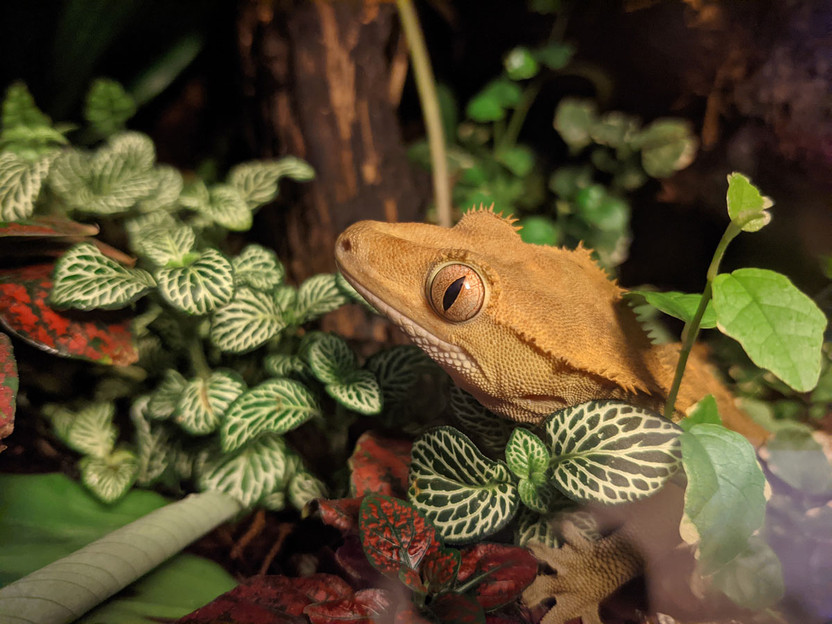How to Create a Bioactive Enclosure for your Reptile & Amphibian
5th Nov 2022
As exotic pets, reptiles require natural environments to thrive. One of the best ways to bring a reptile’s natural environment into your home is through creating a bioactive enclosure unique to their species.
What is a bioactive enclosure?
The term “bioactive” refers to something that has an effect on a living organism. Bioactive enclosures are enclosures intended to keep animals secure outside of a natural setting while simultaneously offering them the biological benefits of their natural habitat. This is commonly accomplished by creating a balanced and semi-to-fully self-sustaining miniature ecosystem mirroring that of an animal's natural habitat.
The term vivarium is sometimes used in association with bioactive enclosures since it refers to a structure or enclosure designed to keep animals under semi-natural conditions. Prior to social views of exotic animals as companions, such enclosures were constructed to study reptiles in a controlled environment. Today, bioactive enclosures are embraced for their ability to improve the quality of life for captive reptiles.
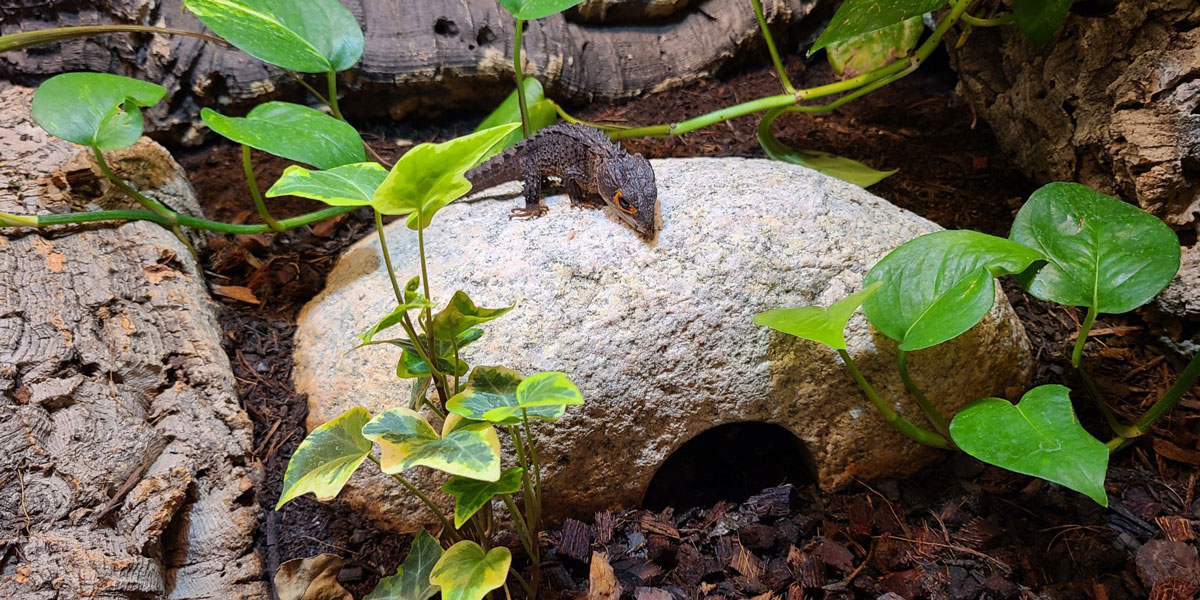
How can bioactive enclosures improve your reptile's life?
Reptile species have spent thousands of years adapting to the specific pressures of their natural environments. The course of each species’ evolution has resulted in physical traits, intrinsic behaviors, and preferences that are central to each animal’s existence. An inability to engage with these factors in a natural way can lead to stress and even illness in severe cases.
A well-constructed bioactive enclosure gives pet reptiles the ability to engage in many of their natural functions even if they are thousands of miles away from the habitat their species has evolved to inhabit. In some ways, the positive impacts of a bioactive enclosure are known, like the stress-reducing effect of appropriate hiding structures. However, there is still much science has yet to uncover about the impacts of various species’ interactions with both natural and unnatural substances. Providing an enclosure that mimics a natural habitat allows reptile keepers to err on the cautious side of care.
How to create a bioactive enclosure
The best way to kick off the creation of a bioactive enclosure is by researching the environment your pet reptile’s ancestors are endemic to. This understanding of their native environment can then be refined by researching the ways in which your reptile’s species tends to interact with specific factors within this environment.
Substrate
Substrate refers to the ground covering chosen for an enclosure. There are a wide variety of substrates available, ranging from newspaper to artificial turf. A bioactive enclosure requires a natural substrate or a mix of substrates reflecting a reptile's natural habitat.
Burrowing reptiles will need substrates that are soft enough to dig in, yet stable enough to retain tunnels and burrows. Substrates will also have to be conducive to the growth of other organisms that are required to make the enclosure somewhat self-sustaining. While natural substrate is often best for bioactive enclosures, pulling substrate directly from a wild environment may invite pests and disease, so chose your sources with caution.
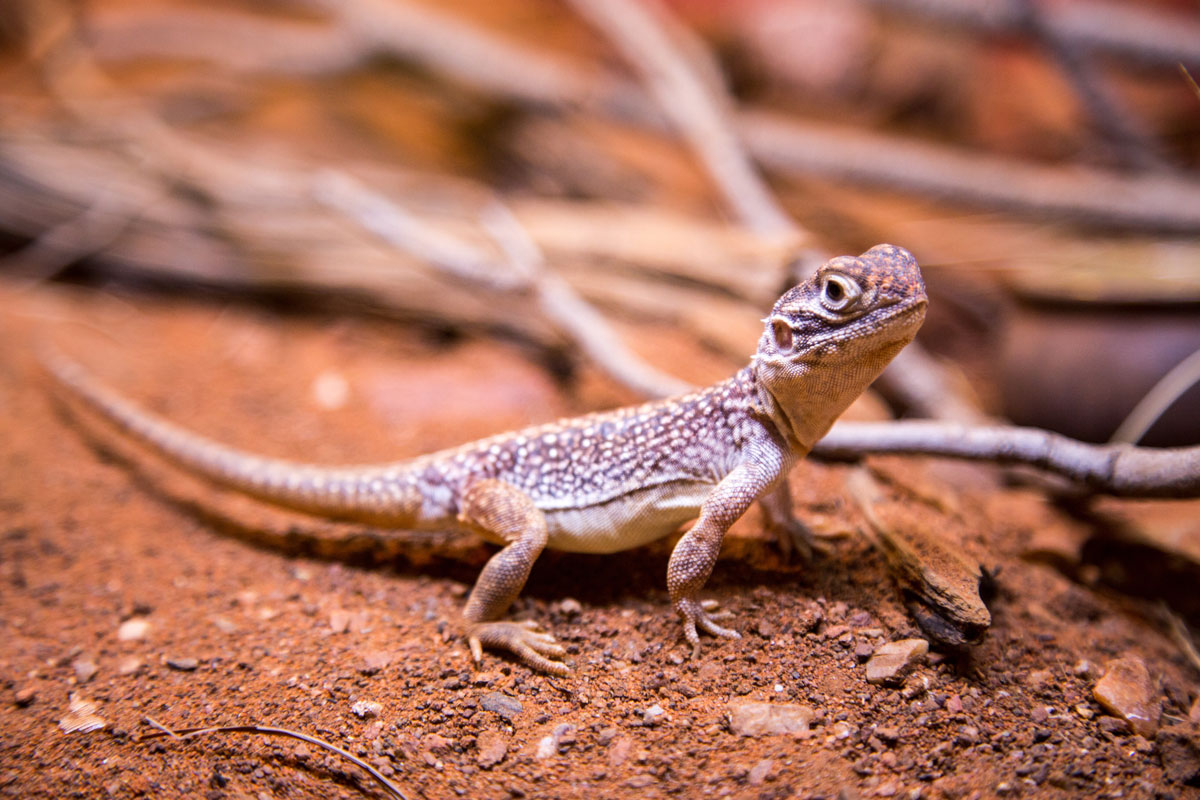
Plants
Plants are a source of shelter, enrichment, a way to gather water, and a food source for some reptiles. When choosing what plants to include in your enclosure, try to find native plants from the area your reptile is endemic to. It also helps to prioritize low-maintenance plants that can survive in an enclosure.
Sourcing these plants from quality retailers will help you prevent the introduction of unwanted parasites, and this provides a great alternative to disrupting natural habitats. Keep in mind that not all plants are created equal. Ivy, azaleas, laurel, and other plants can be toxic to your pet, even if they are part of their native habitat. Always check a plant’s toxicity before adding them to an enclosure.
Water Source
All reptiles require a water source. A bioactive enclosure has to contain the water source and quantity that best supports the growth of your reptile and the other living components in its habitat. For some reptiles, this may be a mister, while others may require running water or pools of water. Water cannot be refreshed through the water cycle when it is kept in a vivarium, so this is a factor that will require regular maintenance.
Lighting
In the wild, sunlight would sustain the plants in your enclosure while also providing warmth and supporting proper calcium absorption in your reptiles. Bioactive enclosures require an unnatural UVB light situated in a way that mimics the sun. This light should follow the daylight patterns of your reptile’s wild habitat and an alternative heat source may be needed if the enclosure cannot retain an appropriate amount of heat.
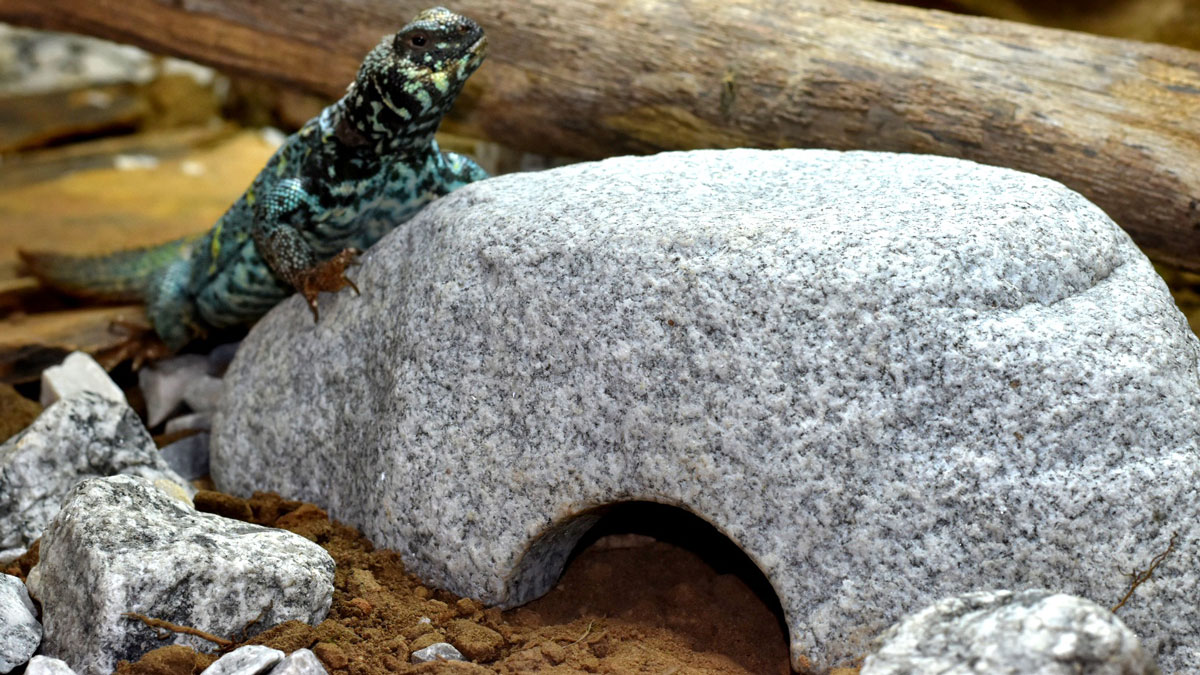
Shelter
Many species of reptiles are skittish and easily stressed. Shelter is a crucial part of keeping them comfortable in captivity. Rocks, wood, vines, and burrow spaces are a few common forms of shelter. Most pet stores make these hides out of artificial materials, but these deprive captive reptiles of certain resources.
Plastic rocks, for example, do not absorb and retain heat as well as natural stones. A natural stone is far more efficient for basking and provides supplemental heat when there is a temperature change in the enclosure as night falls.
Regular Maintenance
Bioactive enclosures are rich with benefits for reptiles in captivity, and they can be beautiful when properly maintained. The goal of a bioactive enclosure is to mimic an animal's natural environment as closely as possible, but even the best enclosures cannot maintain every natural system on their own. Plants, water, lighting, substrate, and shelter must be refreshed regularly to help your pet reptile live their best life.
When it comes to Bioactive enclosures, stay vigilant for signs of mold, pests, and disease. This is especially important if you are keeping multiple reptiles in one enclosure or if you are planning on keeping a live food source in the vivarium. With continued attentiveness and research, you can provide your reptile with a piece of the wild in your own home.
Citations:
-https://www.hvreptilerescue.org/bioactive-guide/what-is-bioactive
-https://www.aspca.org/news/common-toxins-birds-reptiles-and-amphibians
-https://www.merckvetmanual.com/all-other-pets/reptiles/disorders-and-diseases-of-reptiles

